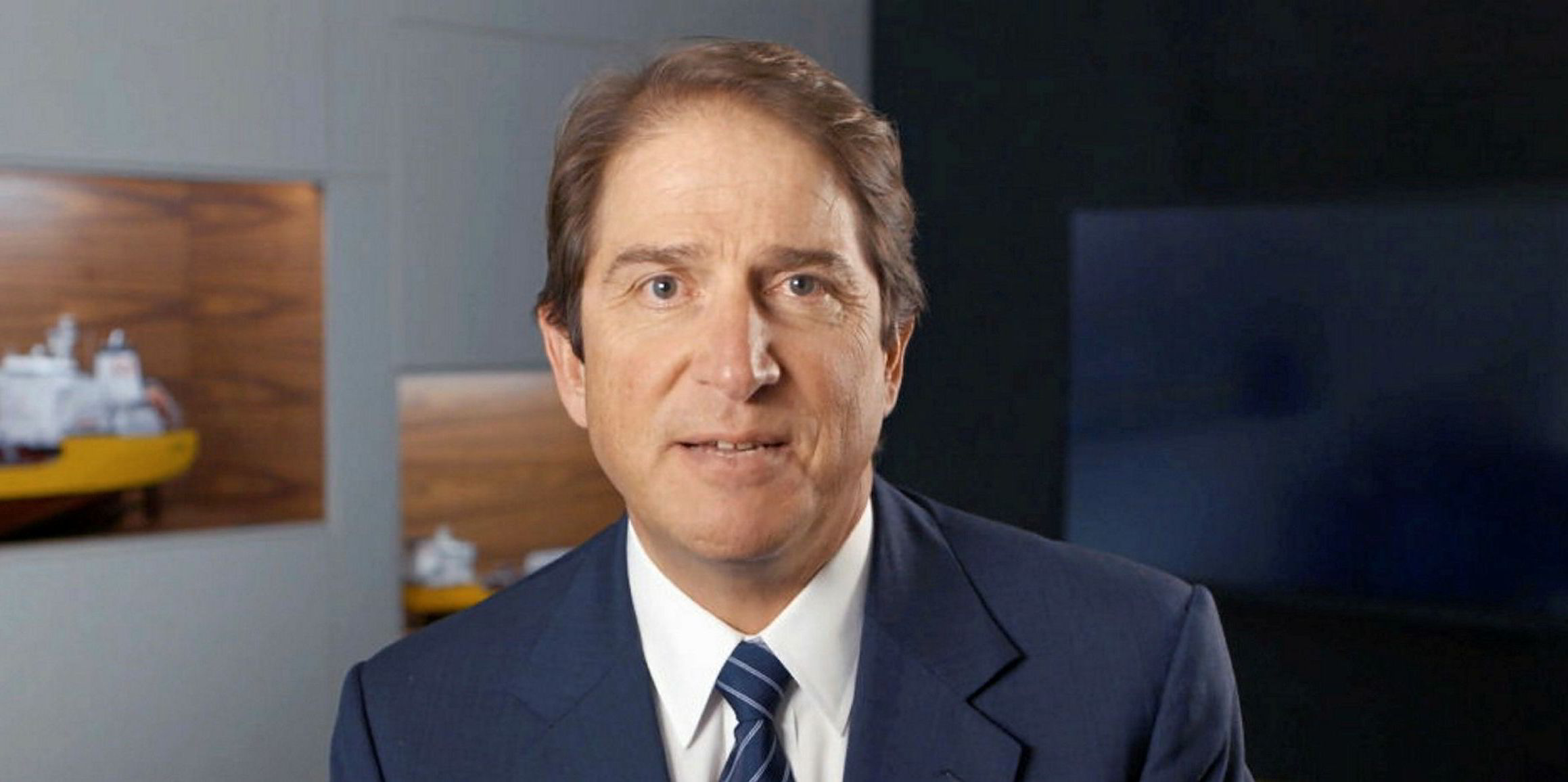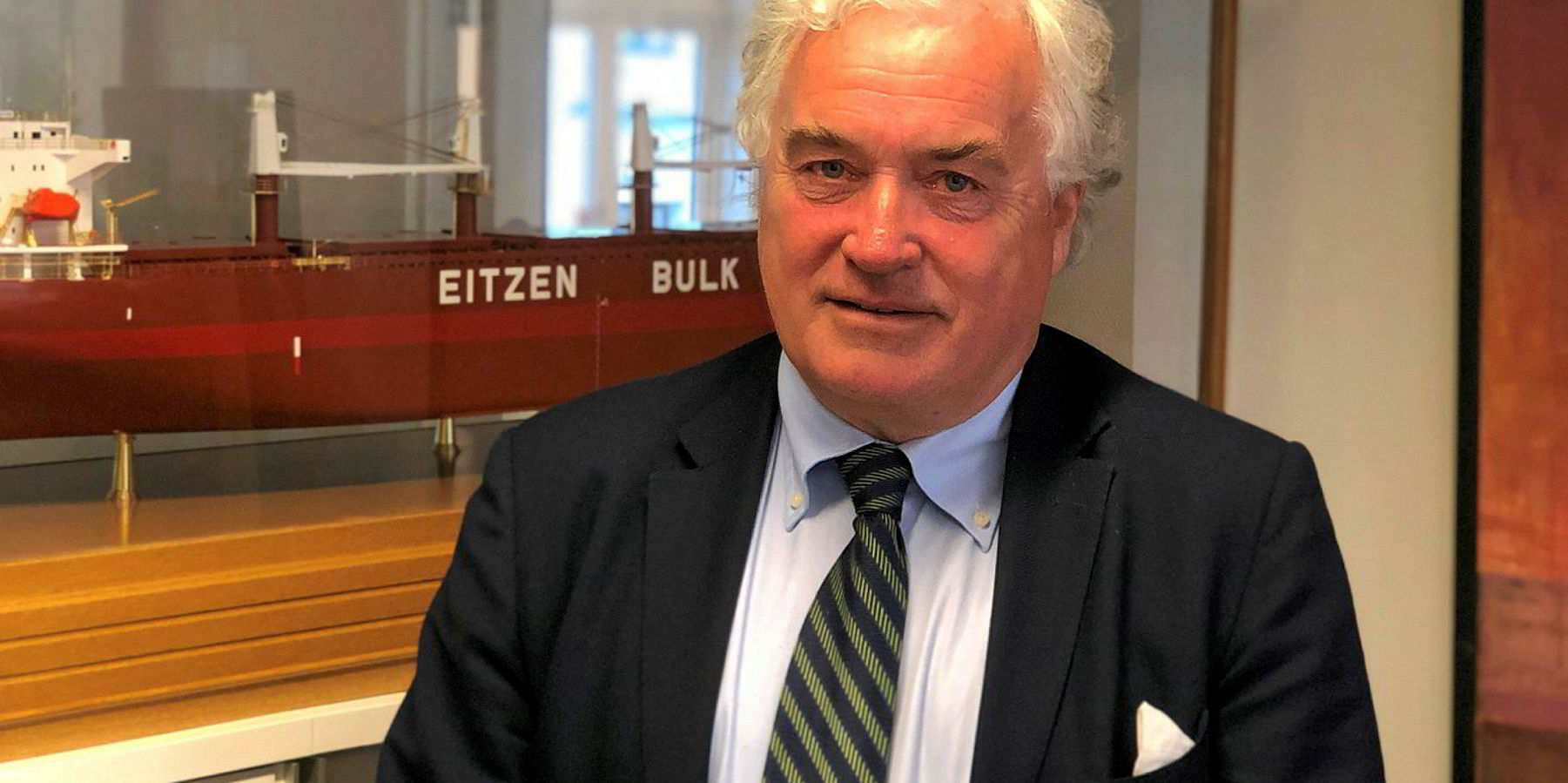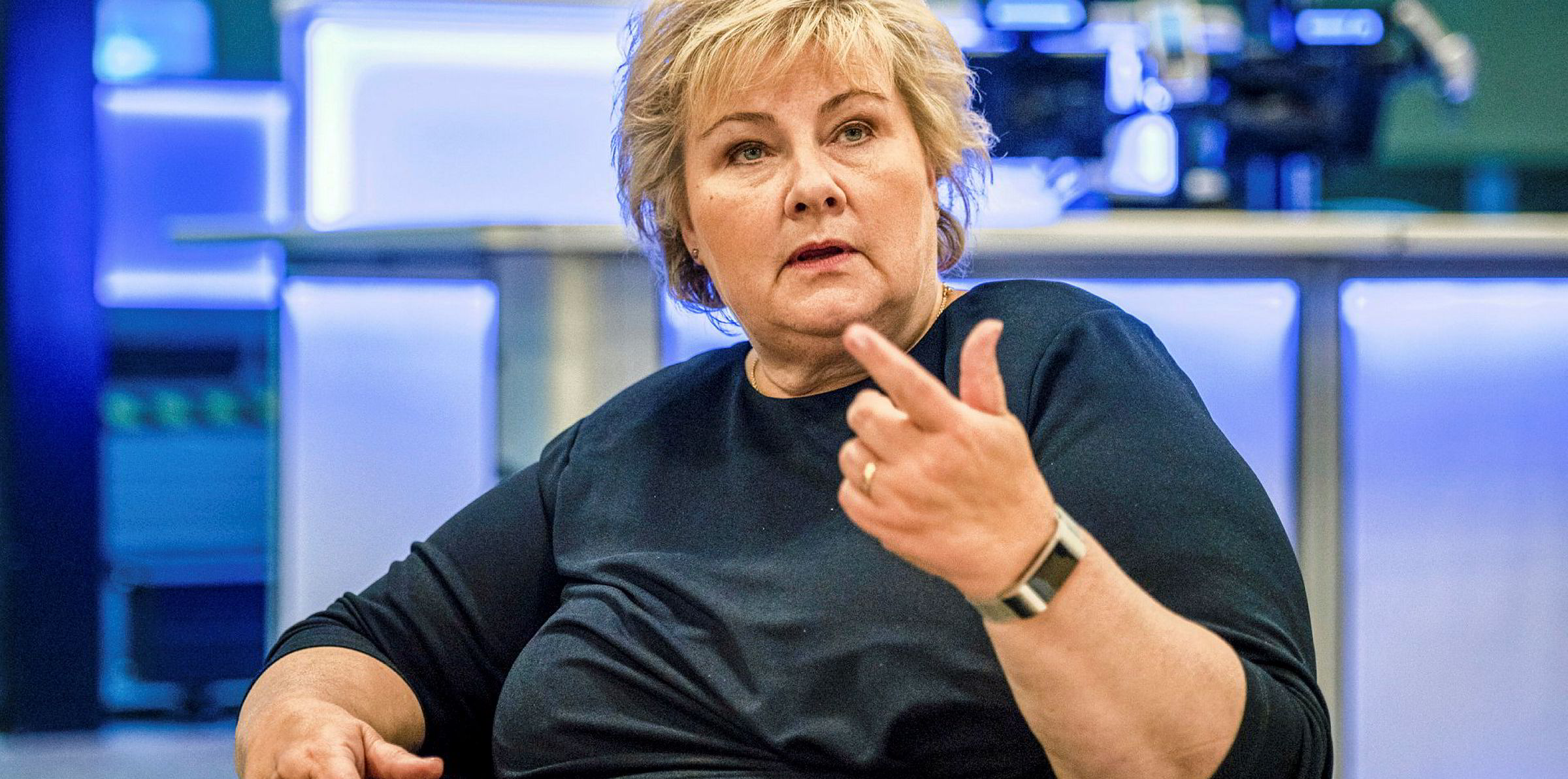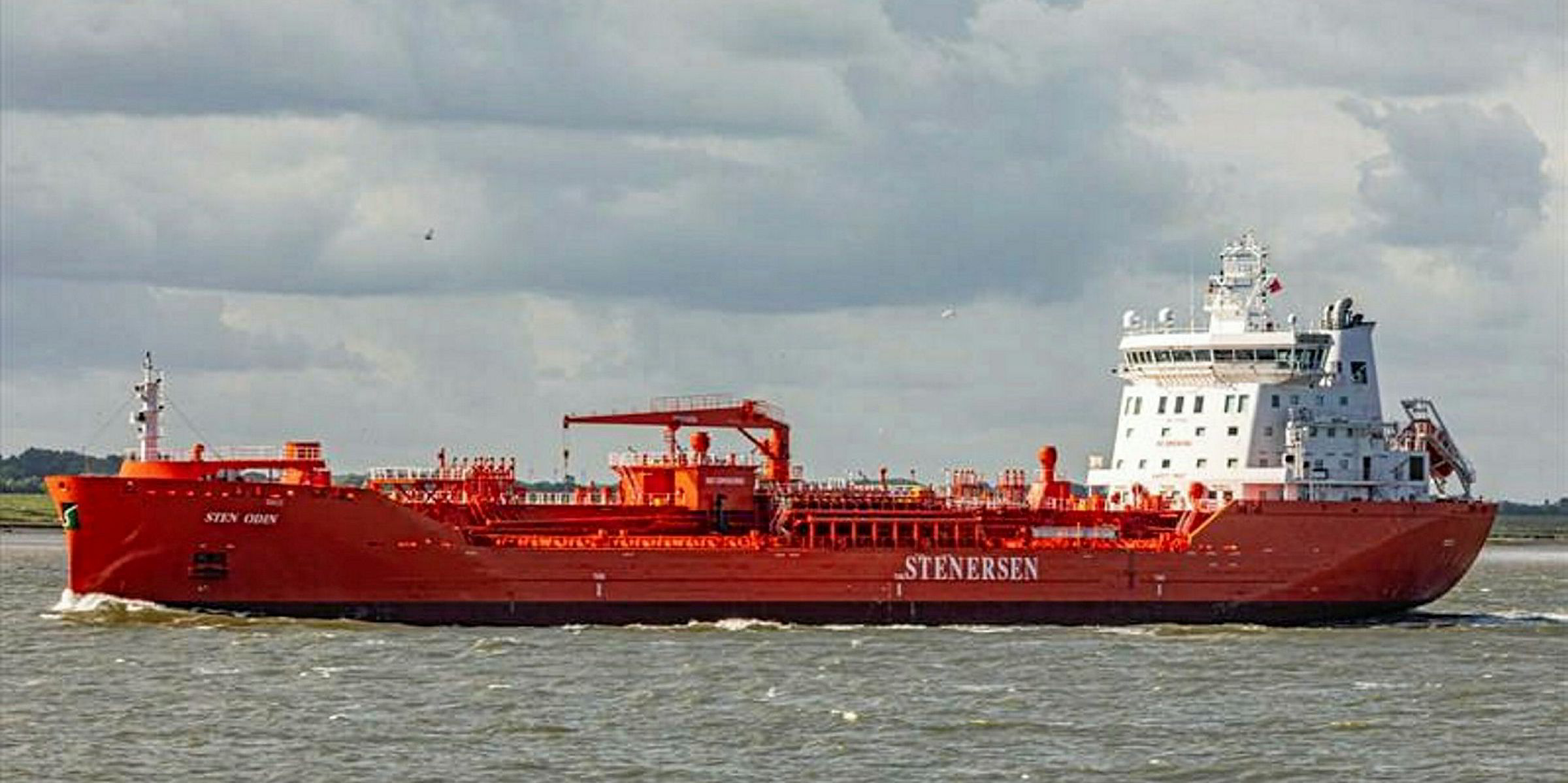Norway's Stolt-Nielsen is looking forward to the rest of 2020 with cautious optimism after profit surged in the three months to 31 August.
The Oslo-listed shipowner and tank terminals group said momentum was growing in the chemical tanker sector despite challenges created by the coronavirus pandemic.
Net profit in the company's third quarter was $29.2m, up from $3.4m a year ago.
Revenue dropped to $474m from $518m in 2019, but operating expenses fell to $295m against $367m.
Ebitda reached $144m, up from $123m a year ago, mainly driven by healthy volumes, lower fuel prices for Stolt Tankers and overall reduced administrative and general expenses.
Forecasts beaten
Norwegian investment bank Fearnley Securities had expected Ebitda in line with consensus of $100m, and a net loss of $3m.
Another Norwegian investment bank, Norne Securities, called the result "outstanding", adding that chemical tankers might be the sector to "gain from the pandemic after all".
"As the second worldwide lockdown seems unlikely and therefore the outlook is strong, we will improve our estimates somewhat following the report, while our positive stance towards the stock is likely to remain," its Norne Research division said.
Net debt stood at $2.35bn at the end of the three months.
Improvement all round
Chief executive Niels Stolt-Nielsen said all divisions improved their result in challenging times.
"While the global economic outlook remains uncertain, we are cautiously optimistic about the fourth quarter and beyond, based on the contract portfolio we have secured across our three logistics businesses," he added.
The CEO said Stolt Tankers' continuing focus on efficiency initiatives is starting to have a positive impact.
"However, the Covid pandemic continues to impact scheduling, necessitating costly rerouting of ships in order to make overdue crew changes," he added.
Stolt-Nielsen said he was "cautiously optimistic that the momentum of a strengthening chemical tanker market will continue."
Market balance in Stolt's favour
And he believes that longer term, the favourable supply/demand outlook should provide a good foundation for continued improved results.
"At the beginning of the pandemic we took early and decisive action to reduce costs and preserve cash, and at the end of the third quarter we had approximately $500m in available liquidity," the CEO said.
"Our diverse portfolio of businesses, dedicated employees and forward-looking strategy mean that we are well-positioned for what may come."
Stolt Tankers reported operating earnings of $28.1m, up from $20m in the second quarter.
A lower bunker bill more than offset a reduction in revenue, which was mainly due to fewer operating days and lower freight rates driven by the reduced fuel prices.
Older fuel used
Stolt-Nielsen decided to consume older, cheaper fuel inventory.
The average cost of fuel oil the company burned fell to $275 per tonne from $388 per tonne in the second quarter.
Deep-sea freight revenue was down 4.7%, reflecting 3.2% fewer operating days due to two ships leaving the fleet, drydocking schedules and Covid-related delays.
Freight rates were marginally down as the company shipped a higher proportion of lower-paying cargoes.
Contract renewals during the quarter were completed at rate increases of 3.9% on average, however.
In addition, port costs were down due to fewer canal transits and port calls, while administrative and general expenses were lower due to continuing initiatives to increase efficiencies.
Stolt Tank Containers made $17.5m on an operating basis, up from $13m in the second quarter, while Stolthaven Terminals reported operating profit of $22.7m, compared to $19.2m.







